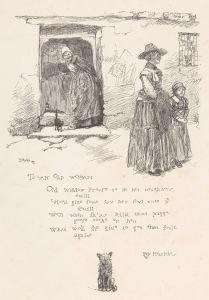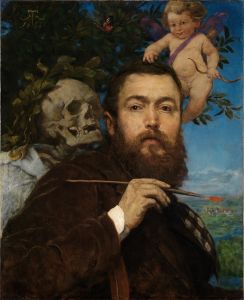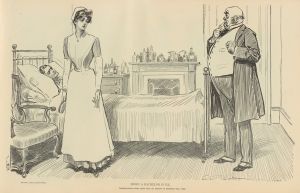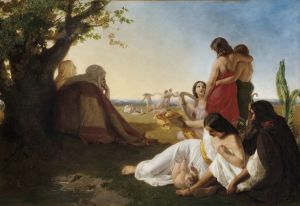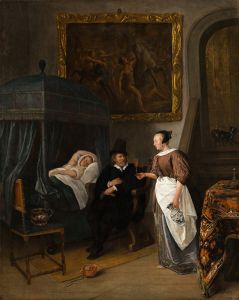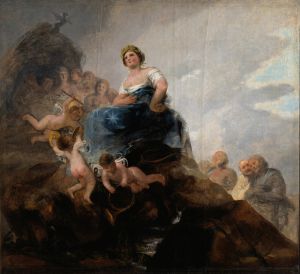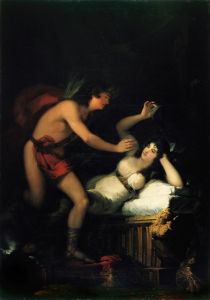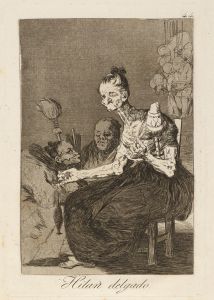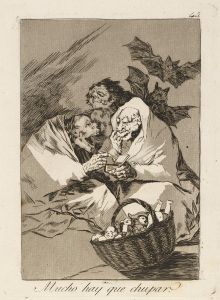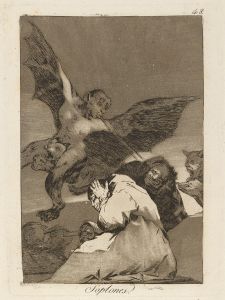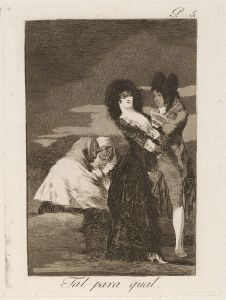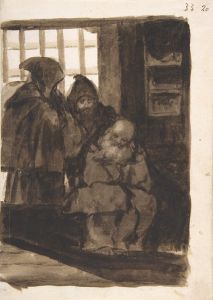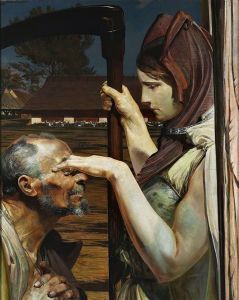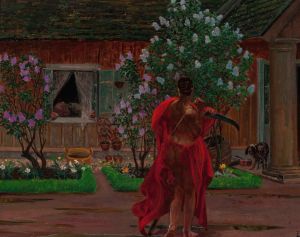
De que mal morira
A hand-painted replica of Francisco de Goya’s masterpiece De que mal morira, meticulously crafted by professional artists to capture the true essence of the original. Each piece is created with museum-quality canvas and rare mineral pigments, carefully painted by experienced artists with delicate brushstrokes and rich, layered colors to perfectly recreate the texture of the original artwork. Unlike machine-printed reproductions, this hand-painted version brings the painting to life, infused with the artist’s emotions and skill in every stroke. Whether for personal collection or home decoration, it instantly elevates the artistic atmosphere of any space.
Francisco de Goya's "De qué mal morirá" is one of the works from his series known as "Los Caprichos," which consists of 80 aquatint prints created in 1797-1798 and published in 1799. "Los Caprichos" is a critical commentary on the social, political, and religious issues of Goya's time, reflecting his concerns about the corruption and folly he observed in Spanish society.
"De qué mal morirá," which translates to "Of what illness will he die?" is the 40th print in the series. The image depicts a scene with a doctor examining a patient, who is seated and appears to be in distress. The doctor, with a concerned expression, is taking the patient's pulse, while another figure, possibly a family member or an assistant, looks on. The title suggests a sense of uncertainty and perhaps cynicism about the medical profession's ability to diagnose and cure illnesses effectively.
Goya's "Los Caprichos" series is renowned for its satirical edge and its exploration of human folly, superstition, and the abuses of power. The prints employ a range of fantastical and grotesque imagery to critique the societal norms and institutions of late 18th-century Spain. Goya was influenced by the Enlightenment ideas circulating at the time, which advocated for reason and scientific inquiry over superstition and tradition.
The series was initially released as a set of prints for sale, but Goya withdrew them from public sale shortly after their release, likely due to the controversial nature of the content and the potential backlash from the powerful institutions he critiqued, such as the Church and the aristocracy. Despite this, "Los Caprichos" has become one of Goya's most celebrated works, showcasing his innovative use of the aquatint technique and his ability to convey complex themes through art.
"De qué mal morirá" and the other prints in the series reflect Goya's mastery of the aquatint process, which allowed him to create rich tonal variations and intricate details. This technique contributed to the haunting and dreamlike quality of the images, enhancing their impact as social and political commentary.
Goya's work, including "Los Caprichos," had a significant influence on later artists and movements, particularly in the realms of Romanticism and Modernism. His willingness to confront the darker aspects of human nature and society paved the way for future artists to explore similar themes with honesty and intensity.
In summary, "De qué mal morirá" is a poignant example of Francisco de Goya's skill in combining technical artistry with incisive social critique. Through this print and the broader "Los Caprichos" series, Goya invites viewers to reflect on the human condition and the societal structures that shape it, making his work enduringly relevant.





